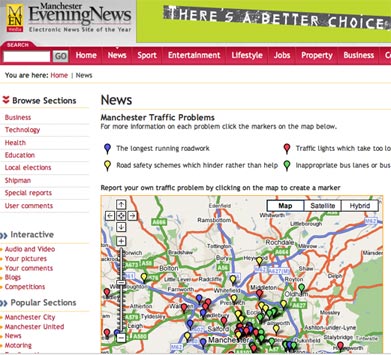In addition to the launch of a new website, The Birmingham Mail is looking at developing and hosting a series of community-based education websites.
In interview with Journalism.co.uk, editor Steve Dyson said the newspaper was looking at a range of options for local community sites.
One of the options, he said, was to host sites for local educational institutions, where students would write the content.
“What we are planning further down the line is local community websites, again hosted by the Birmingham Mail, but they may well be sites in their own right,” he told Journalism.co.uk.
“We are looking at a variety of community sites, mainly around schools and media courses in schools, where they have asked if they can fill a local community website for us.
“We are talking to educational groups about it. There are about 15 schools around Birmingham that are developing media courses and as part of the courses they have to have websites which have to be updated daily by students. What we are talking to them about is hosting it for them.”
Dyson stressed that these sites were very much in the early planning stage but were being considered along the same lines as the series of community sites launched last year by the Teesside Gazette, another Trinity Mirror paper.

